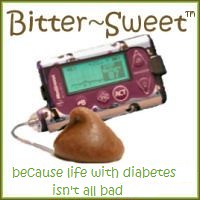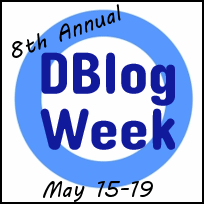 This month the DCAF blog carnival revisits a very important subject - the accuracy of our test strips. We imagine we are speaking at a Diabetes Technology Society meeting and are asked what our comment would be on meter accuracy at the Diabetes Technology Society meeting?
This month the DCAF blog carnival revisits a very important subject - the accuracy of our test strips. We imagine we are speaking at a Diabetes Technology Society meeting and are asked what our comment would be on meter accuracy at the Diabetes Technology Society meeting?This isn’t a question I take lightly and I’ve put a lot of thought into my answer. I think it would be important to start by expressing my thankfulness that diabetes technology has progressed greatly since I was diagnosed. I remember well the days of urine testing instead of blood sugar testing, and of one insulin injection per day followed by a strict exchange diet. It was tough, and things today are better than they were in 1979.
That said, better than 34 years ago is not always good enough. Insulin today has improved and is more powerful, but that also makes it more dangerous. I need to know exactly what my blood sugar is because proper dosing of my insulin depends on it. And improper dosing means hypoglycemia or hyperglycemia - both of which are dangerous and can bring deadly consequences. Today's test strips often give errors, sometimes more than the 20% accuracy standard allowed. Even an incorrect result within 20% can screw up my dosing, and over 20% can really muck things up.
I'm glad our technologies are better than they were more than 3 decades ago. However, diabetes is still really hard. Yes, it’s hard in different ways than it was in the late ‘70s but it is still really hard. We still need better. Our lives depend on it.
This post is my October entry in the DSMA Blog Carnival. If you’d like to participate too, you can get all of the information at http://diabetescaf.org/2013/09/october-dsma-blog-carnival-3/











